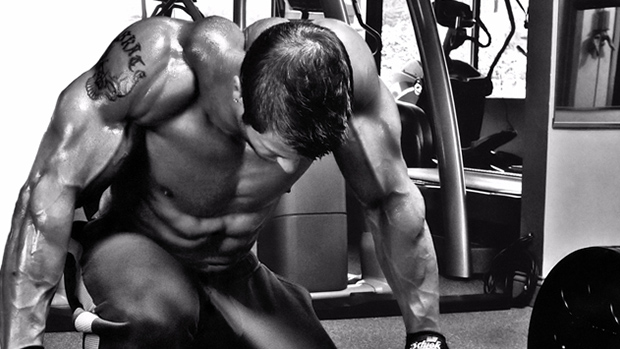The muscles of the human body are an amazing thing. They start as small pieces of tissue which connect our tendons and bones to one another. They allow the function of moving objects and moving our bodies thorough our normal daily functions. Unlike the bones and tendons, however, muscles are unique in that we are able to grow them through the addition of progressive resistance training. If we force the muscles to move a particular amount of weight beyond their normal training capacity, they will grow in response to this new workload. Once they grow to a point where they can handle the workload, we will have to further challenge them – with an even heavier weight – in order to force them to grow again.
The amount of growth that the muscles allow is mind boggling, compared with the ability of other parts of the body to adapt and grow. An 11-inch upper arm can be transform to a 21-inch arm in just a few years, given adequate amounts of training, food, rest, and perhaps anabolic steroids to assist with the growth. The muscles of the body are able to grow to double, triple, or even greater amounts based upon these factors. We routinely see professional bodybuilders’ “before” pictures, showing them at a very lean 160 or 170 pounds before they entered their bodybuilding phase and in some cases, managed to nearly double their bodyweights in just a few years, almost all through the addition of muscle.
Muscle is unique in that it is able to increase not only in size, but in strength. There are other parts of our body – also required for the lifting process – which do not offer such growth potential. The tendons are an area of great concern for many bodybuilders, particularly as the bodybuilder grows larger and larger. The muscles get bigger and stronger, and the weight they move becomes greater. However the tendons remain at their original strength, save for a minor 10 to 20% increase they see in the initial year or two of training. The amount of weight they can manage remains fairly constant, no matter how often or how hard they train.
Most bodybuilding injuries among larger and more experienced training involve tendon failure. The muscles of the body can handle the workload, but the tendons sometimes have a tendency to tear away. For this reason, most bodybuilders at the elite level tend to reduce the weight they use. While they may have the ability to increase the amount of weight they move by 20% each year in the beginning, this type of training is abandoned as they reach extremely heavy poundage. Most bodybuilders will stop at a 405-pound bench press, even if they firmly believe they could knock out reps with 450 or more. They realize, either through their own research or seeing it among their elite peers, that their training weight needs to level off. They can use more repetitions, but the amount of weight needs to find a ceiling. Remember this ceiling exists as your training weights increase, and you’ll find plenty of success with long term muscle health!

